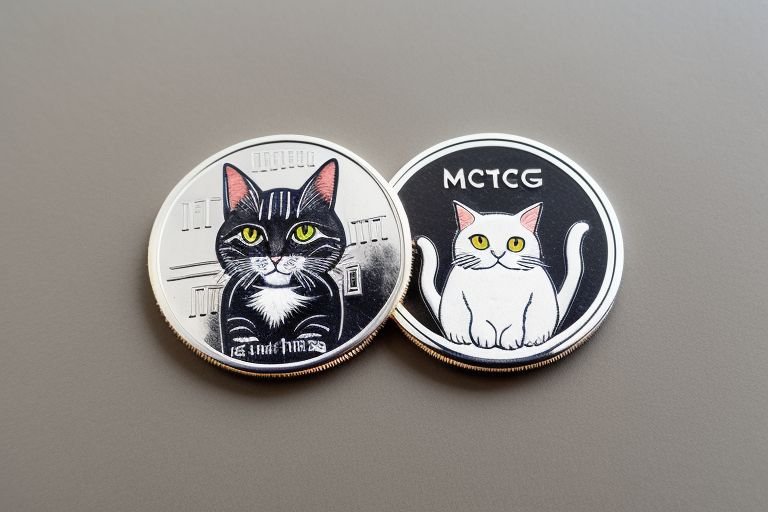The Decentralized Finance (DeFi) industry has again recorded a new high as the TVL in DeFi protocols hits $500 billion. This kind of growth has not been observed before and is attributed to the rising uptake of decentralized financial services and the sophistication of the blockchain environment.
This increase in the TVL has been occasioned by such factors as new protocols, better user interfaces, and enhanced security of the DeFi platforms.
Pioneering this DeFi trend are lending and borrowing platforms, decentralized exchanges (DEXs), and yield farming protocols. Such services have gained popularity among the audience, including retail investors in search of higher returns than traditional finance can provide and experienced traders using complex algorithms across different protocols.
The integration of one DeFi platform with another has made it possible to have a competitive environment where users can easily transfer their assets and obtain the highest possible yield.
One of the major factors that have been attributed to this growth is the symbiosis of TradFi and DeFi. Many large banks and financial companies have started to look for ways to integrate DeFi tools into their operations for their clients as they are aware of the fact that these technologies can disrupt the financial industry.
This integration of TradFi and DeFi has led to higher liquidity and credibility of the sector, which has made more institutional investors enter the market. It is also important to note that the emergence of cross-chain DeFi solutions has also contributed significantly in the growth of the sector.
Efficient interconnection of various blockchain networks has opened more opportunities to the users and expanded the number of available assets and services. This interoperability has not only brought about the increase in total value locked but has also encouraged the advancement and competition of one blockchain ecosystem to another.
Still, the development of DeFi has not been without hitches, especially due to its exponential expansion. The growing sector has made authorities across the world to develop ways of dealing with this new form of financial system.
Several nations have been pre-emptive in their approach by engaging in the development of policies that will encourage innovation while at the same time ensuring that consumers are shielded. Some have chosen to take a more conservative stance due to fears about stability and the risk of criminality.
Security continues to be a key issue in DeFi since numerous hacks and thefts have occurred in the sector. In response, the DeFi community has only leaned into the problem, with the emphasis placed on the code audits, bug bounties and insurance. These efforts have enabled establishment of trust in the ecosystem and have aided in the increase of the TVL.
Given the fact that DeFi still has a long way to go and is still in the process of growth, experts are already anticipating what is next. Other developments like decentralized identity, on-chain governance, and real-world assets’ tokenization are expected to disrupt the financial sector even further.
Currently, $500 billion is staked in DeFi protocols, which means that the industry has gained serious weight in the financial industry and will continue to challenge the traditional financial model as the world moves forward to a new financial order.



